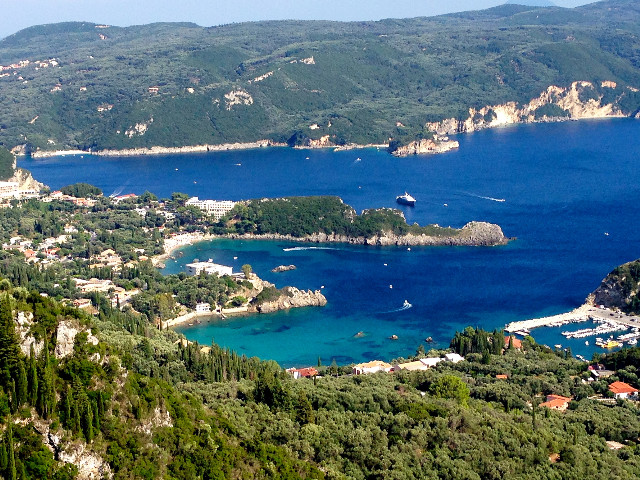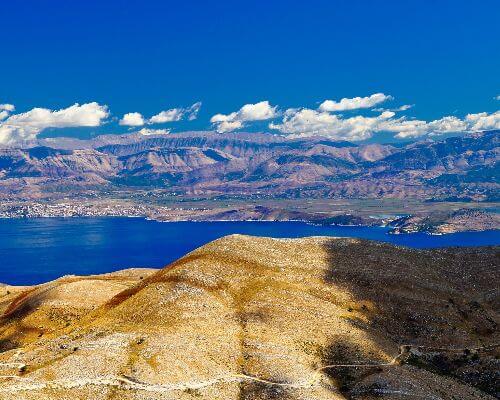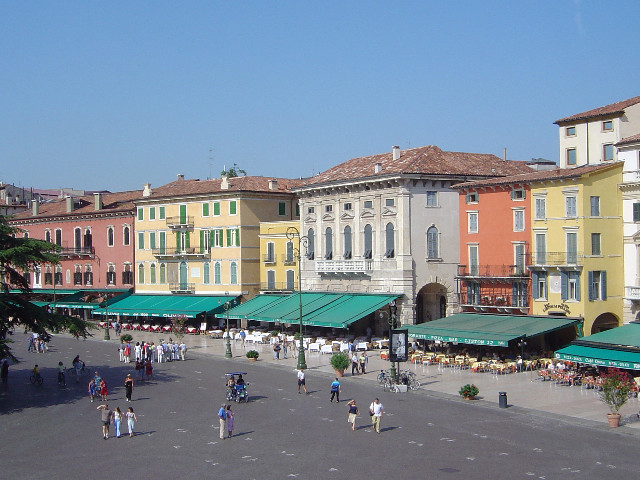Here is a selection of popular beaches on this beautiful Greek island:
Glyfada Beach: Located just outside Agios Gordis village, Glyfada features clear waters perfect for swimming or snorkeling along its long sandy beach. This lively spot attracts families and couples looking for fun activities like parasailing, banana boat rides, and jet skiing. Nearby restaurants and tavernas provide ample opportunities to try local dishes and enjoy relaxed evenings.
Paleokastritsa Beaches: Discover six different coves spread throughout one of Corfu’s most picturesque coastal resorts. The turquoise sea at Paleokastritsa is ideal for paddling and shallow enough for children to play in safety. Boat hire is available if you wish to explore more distant bays or visit the historic Angelokastro site. Taverns and souvenir shops line the cliff top, and you can take scenic walks between bays or venture up to the old church positioned on a hilltop overlooking the entire area.
Kavos Beach: This popular destination caters mostly to young adults seeking lively entertainment and late-night partying. Kavos Beach itself offers golden sand and crystal-clear water, well suited for sunbathers and swimmers. If you prefer more subdued surroundings, consider visiting during daytime hours rather than staying until later in the evening.
Agios Georgios South Beach: Frequent visitors often mention how much they appreciate this large organized sandy beach in Argyrades. Ideal for groups, the beach is not too crowded, offering plenty of space to stretch out and enjoy Corfu’s famous sunshine.




